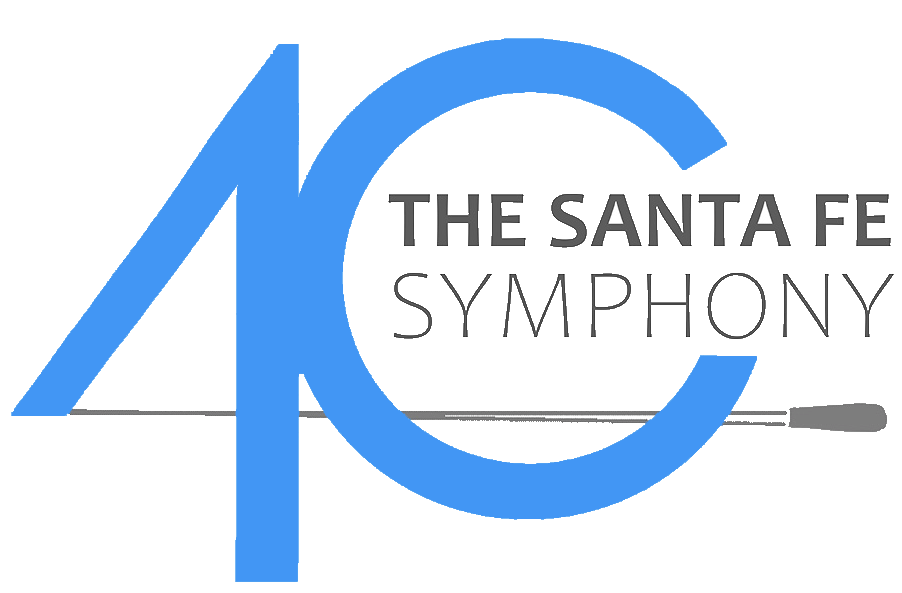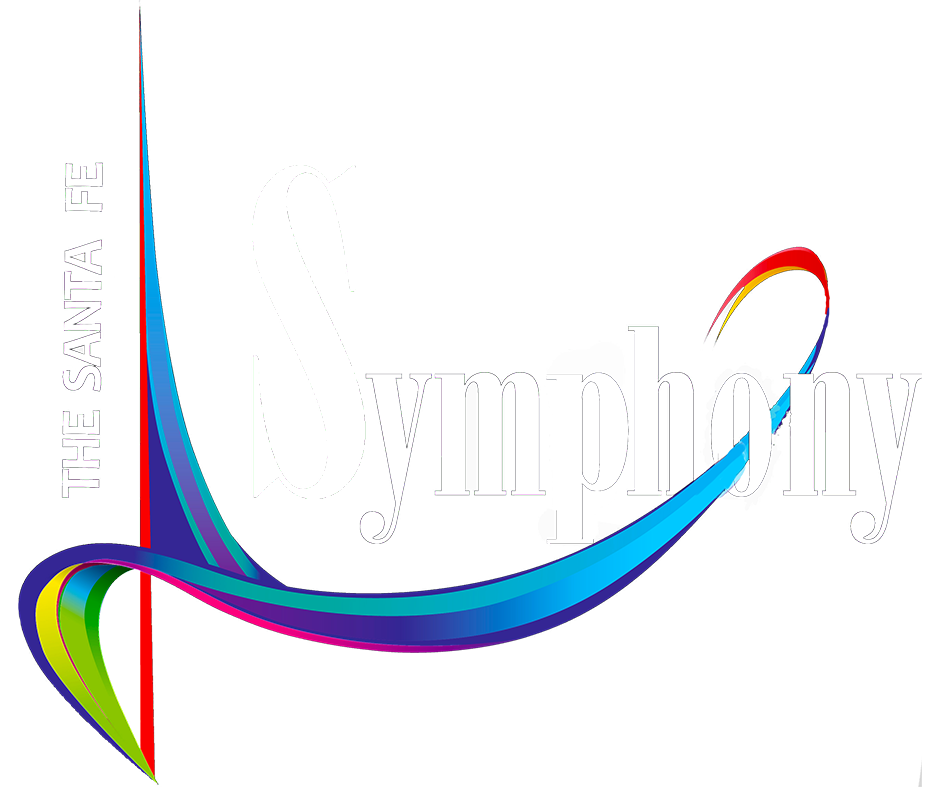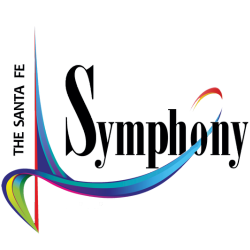Program Notes | Season Opener
“Invictus” Fanfare
ANTHONY BARFIELD
Born 1983, Collinsville, Mississippi
Anthony Barfield, who grew up on a farm in rural Mississippi, wanted to play the drums in his sixth-grade band, but the band director switched him to trombone. Barfield describes that encounter as “love at first sight.” He became so good that he was admitted to Juilliard, where he earned a Bachelor’s degree in trombone performance. He went on to the Manhattan School of Music, where he earned his Master’s. Barfield performed widely as a trombonist, including performances with the Malaysian Philharmonic and the Alabama Symphony, before deciding to devote himself to composition and to music production.
Commissioned by Lincoln Center for the Performing Arts, Invictus was composed in 2020 during a time when COVID and social unrest had intensified a sense of crisis in New York City and throughout the world. In response to that unrest, Barfield composed a ringing, heroic work for 12 brass instruments: four trumpets, four horns, two trombones, bass trombone and tuba. The composer has prepared an introduction to this work:
Invictus, meaning “unconquered,” is a short work about New York City in its current circumstances. It’s about dealing with the heightened sense of uncertainty surrounding the COVID-19 pandemic and the Black Lives Matter protests. In conversations with New Yorkers about their personal feelings about these issues, I’ve learned that people feel a sense of anxiety and yet a sense of community and hopefulness that change for the better is on the horizon. New York is resilient, courageous and adaptable. Invictus is meant to show that, despite these troublesome times, we are in fact unconquerable.
Last year, for the first time ever, musicians from The Metropolitan Opera Orchestra, New York Philharmonic, The Juilliard School, Jazz at Lincoln Center, New York City Ballet Orchestra and the Mostly Mozart Festival Orchestra came together to play this piece, conducted by Barfield on the Lincoln Center plaza. That splendid performance (with the players spread out from each other and the conductor) is an anthem for New York City at this unique moment in time.
Duet for Two Solo Violins and String Orchestra
STEVE REICH
Born October 1936, New York City
It is difficult to believe that Steve Reich, one of the earliest and most important practitioners of minimalism, will turn 85 next month. He studied at Cornell, Juilliard and Mills and worked with some distinguished teachers, among them Darius Milhaud and Luciano Berio, but long before that formal training he had become fascinated with rhythm and drumming. At age 14, he began to study percussion with Roland Kohloff, timpanist of the New York Philharmonic.
In the 1970s he became interested in African and Balinese music and immersed himself in the study of those complex languages: He spent a summer in Ghana at the Institute for Africa Studies and also made a comprehensive study of gamelan music. This began to show up in his own music as a fascination with rhythm, pulse and rhythmic phases. He founded his own ensemble, called Steve Reich and Musicians, to explore these possibilities, and one of his early successes was Drumming (1971), in which a single rhythmic cell is elaborated over a 90-minute span. Across his long career, Reich has written for varied (and sometimes quite large) ensembles that can use voice and tape and other non-traditional instruments, but the fascination with percussive sounds has remained a constant in his music.
Reich composed his Duet for Two Solo Violins and String Orchestra in 1994, and it was premiered at the Gstaad Festival in Switzerland on August 8, 1995. The composer has provided a brief program note for this work:
Duet was composed in 1994 and is dedicated to Yehudi Menuhin and to those ideals of international understanding which Sir Yehudi has practiced throughout his life. The piece is approximately five minutes in length. It is scored for two solo violins and a small group of violas, celli, and bass. Beginning and ending in F, the music is built around simple unison canons between the two violins who, from time to time, slightly vary the rhythmic distance between their two voices.
Las cuatro estaciones porteñas (The Four Seasons of Buenos Aires)
ASTOR PIAZZOLLA
Born 1921, Mar de Plata, Argentina
Died 1992, Buenos Aires
Astor Piazzolla was a fabulously talented young man, and that wealth of talent caused him some confusion as he tried to decide on a career path. Very early he learned to play the bandoneon, the Argentinian accordion-like instrument that uses buttons rather than a keyboard, and he became a virtuoso on it. He gave concerts, made a film soundtrack and created his own bands before a desire for wider expression drove him to the study of classical music. In 1954 he received a grant to study with Nadia Boulanger, and it was that great teacher who advised him to follow his passion for the Argentinian tango as the source for his own music.
Piazzolla returned to Argentina and gradually evolved his own style, one that combines the tango, jazz and classical music. In his hands, the tango–which had deteriorated into a soft, popular form–was revitalized. Piazzolla transformed this old Argentinian dance into music capable of a variety of expression and fusing sharply contrasted moods: His tangos are by turn fiery, melancholy, passionate, tense, violent, lyric, and always driven by an endless supply of rhythmic energy.
The title Las cuatro estaciones porteñas needs to be understood carefully: Cuatro estaciones is clear enough–it evokes The Four Seasons of Vivaldi. But the meaning of porteña (or porteño) is more elusive: it means “port” area, and it has come to refer specifically to the port area of Buenos Aires, where the tango was born. By extension, porteñas has come to mean anyone or anything native to Buenos Aires. And so a general translation of the title might be The Four Seasons of Buenos Aires.
Las cuatro estaciones porteñas consists of four tangos that Piazzolla wrote between 1964 and 1970 for the small ensemble he led in Buenos Aires: violin, piano, electric guitar, bass and bandoneon. Each tango depicts a different season in Buenos Aires. Las cuatro estaciones porteñas―by turns slinky, seductive, powerful, and haunting―have become immensely popular. The present arrangement, for solo violin and string orchestra, takes us even closer to the example of Vivaldi, for it is the instrumentation of his Four Seasons. In Leonid Desnatyikov’s arrangement, these four tangos become a late 20th-century Argentinian counterpart to Vivaldi’s famous tone portraits, which had been set in Venice more than 100 years earlier.
Capriccio espagnol, Opus 34
NIKOLAI RIMSKY-KORSAKOV
Born March 16, 1844, Tikhvin
Died June 21, 1908, Lyubensk
In 1886 Rimsky-Korsakov set to work on two companion pieces, planned as fantasies for violin and orchestra on themes of two different nations. He finished the first one, Fantasia on Two Russian Themes, by the end of the year. As he worked on the next one, a violin fantasy on Spanish themes, the music gradually changed form: He gave up the idea of a showpiece for violin and instead wrote a brilliant work for orchestra. Capriccio espagnol was completed in August 1887, and the composer led the premiere in St. Petersburg on October 31 of that year.
The piece has been popular since its inception, but Rimsky-Korsakov was uncomfortable with praise of his orchestration. For him, there was no distinction between the music and the orchestration, and he said: “The opinion formed by both critics and the public, that the Capriccio is a magnificently orchestrated piece, is wrong. The Capriccio is a brilliant composition for the orchestra. The change of timbres, the felicitous choice of melodic designs and figuration patterns, exactly suiting each kind of instrument, brief virtuoso cadenzas for instruments solo, the rhythm of the percussion instruments, etc., constitute here the very essence of the composition and not its garb or orchestration.”
Capriccio espagnol shows traces of the composer’s original plan in its many passages for solo violin, but these are augmented in the completed version by a number of solos for other instruments: This music is a display piece for an orchestra of virtuoso instrumentalists. It falls into five brief sections of different character, all based on Spanish themes. It opens with an Alborada marked Vivo e strepitoso (“lively and noisy”). An alborada (or aubade) is an old Spanish morning song, and this piece is a real wake-up call, exploding to life in a great blaze of color; this section offers spirited solos for violin and clarinet. Next comes a variation movement, based on the horn’s noble opening melody; there follow five variations scored for various combinations of instruments.
The composer then briefly revisits his opening Alborada, though now in a different key and with the violin and clarinet trading their solo parts from that first movement. The Scena e canto gitano (“Scene and Gypsy Song”) is the longest of the five movements. The Scene opens with a rolling snare drum, followed by a fanfare shared by trumpet and horn. Solo passages use a variety of instruments, including violin, clarinet and oboe, before the music proceeds into the fierce beginning of Gypsy Song. That fiery song is (appropriately) assigned to the violins, who speed directly into the concluding Fandango. This is played at first with dignity and then with wild abandon before Rimsky-Korsakov brings back a touch of the opening Alborada to rush matters to an exciting close.
Early listeners were amazed by this music. The Russian Symphony of St. Petersburg, which gave the premiere, was so enthusiastic that the composer dedicated the piece to them and wrote the names of all 67 players into the score. Tchaikovsky, then composing his Fifth Symphony, described the Capriccio as “a colossal masterpiece of instrumentation” and called Rimsky-Korsakov “the greatest master of the present day.” In 1889, two years after the premiere, the composer led Capriccio espagnol at concerts during the International Exhibition in Paris, where it dazzled Western audiences. Among the most astonished were two young Frenchmen―the 27-year-old Debussy and the 14-year-old Ravel―who both suddenly realized just how brilliant an orchestra might sound.
–Program Notes By Eric Bromberger


